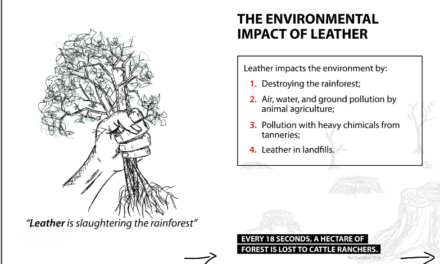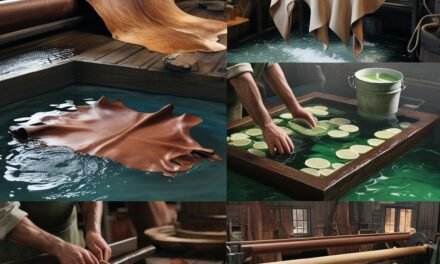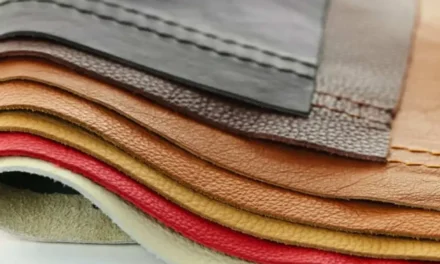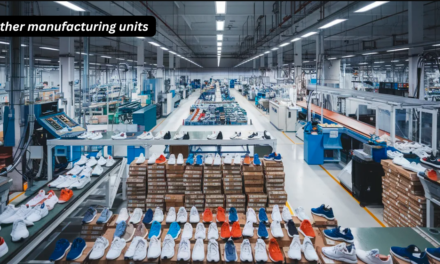The durability requirements for kids’ leather footwear are distinct because children’s shoes must endure intense wear and tear while providing comfort, safety, and flexibility. Kids are often active, growing, and less likely to care for their shoes, so durability is a key factor in ensuring longevity and performance. Here are the essential durability requirements for kids’ leather footwear:
1. High-Quality Leather Material
Durable kids’ footwear relies on the use of strong yet soft leather that can withstand rough use.
- Full-Grain Leather:
- Known for its toughness, breathability, and resistance to wear.
- Ideal for long-term durability, even with daily activity.
- Top-Grain Leather:
- Lighter and smoother, offering durability while being less rigid.
- Suede or Nubuck Leather (Limited Use):
- Suitable for softer, flexible shoes like moccasins but requires additional reinforcement to withstand wear.
Why It Matters:
- High-quality leather resists scuffing, stretching, and tearing while molding to the child’s foot for comfort.
2. Reinforced Construction
Kids’ leather footwear must include reinforcements at critical points to endure impact and abrasion.
- Toe Caps:
- Reinforced toe boxes protect the leather from scuffing and improve longevity.
- Common in school shoes, sneakers, and boots.
- Double-Stitched Seams:
- Strong, reinforced stitching prevents tearing or splitting at stress points.
- Heel Counters:
- Sturdy heel reinforcements provide structure and prevent premature breakdown.
Why It Matters:
- Reinforcements in high-wear areas help extend the life of the shoe, even during intense activities like running and climbing.
3. Abrasion-Resistant Soles
Durability also depends on sturdy, non-slip soles that withstand rough surfaces and constant movement.
- Rubber Soles:
- Flexible and durable, providing excellent grip and resistance to wear.
- Ideal for active kids as they absorb shocks and reduce sole erosion.
- Outsoles with Textured Patterns:
- Designs that improve traction, preventing slips and enhancing longevity.
- Toe and Heel Protection:
- Some soles wrap around the toe and heel areas to protect the leather upper.
Why It Matters:
- Abrasion-resistant soles ensure the shoes last longer, even during outdoor play.
4. Flexibility and Resistance to Creasing
Kids’ leather shoes must be flexible to accommodate constant foot movement while resisting excessive creasing or cracking.
- Soft and Malleable Leather:
- Leather that flexes naturally reduces the risk of cracking at bend points.
- Flexible Outsoles:
- Durable outsoles that bend with the foot prevent the upper leather from stretching excessively.
Why It Matters:
- Shoes that are too stiff may break or tear, while overly soft shoes may lose shape.
5. Water and Stain Resistance
Kids’ shoes are frequently exposed to moisture and spills, so durability requires some level of resistance.
- Waterproof Treatments:
- Leather treated with water-repellent coatings ensures longevity in wet conditions.
- Easy-to-Clean Surfaces:
- Leather finishes that resist stains and scuffs make maintenance simple for parents.
Why It Matters:
- Water and stain resistance prevents premature damage and extends the shoe’s usability.
6. Breathability and Comfort
While durability is critical, kids’ shoes must also ensure comfort to promote healthy foot development.
- Breathable Leather:
- Natural leather allows air circulation, reducing moisture buildup and preventing bacterial growth.
- Moisture-Wicking Linings:
- Leather shoes with breathable linings help keep feet dry and comfortable.
Why It Matters:
- Proper breathability prevents material breakdown from sweat while ensuring comfort for active kids.
7. Lightweight Durability
While leather must be durable, it should not make the shoe overly heavy, as heavy footwear can fatigue growing feet.
- Use of thin, high-quality leather combined with lightweight but strong soles.
- Reinforcements are added strategically to balance strength and weight.
Why It Matters:
- Lightweight shoes ensure kids can move freely while maintaining the leather’s strength.
8. Shock Absorption
Durable kids’ leather shoes must incorporate shock-absorbing materials to withstand impact from jumping, running, and playing.
- Cushioned Insoles:
- Leather shoes often include padded insoles to absorb impact.
- Durable Midsoles:
- Midsoles made from EVA (Ethylene Vinyl Acetate) or foam enhance shock absorption.
Why It Matters:
- Reduces pressure on the leather upper and soles, preventing cracking or tearing.
9. Resilience to Rough Handling
Children may not handle shoes gently, so they need to be resistant to:
- Pulling and Tugging: Durable leather and sturdy seams withstand rough handling.
- Frequent Fastening/Unfastening: Velcro, buckles, or laces must be made with high-quality hardware to last.
10. Growth Adaptability
Durable kids’ leather footwear must also accommodate growing feet while maintaining structure.
- Stretchable Leather:
- Leather that molds to the foot while holding its shape over time.
- Adjustable Features:
- Velcro straps, elastic laces, or buckles ensure a snug fit as feet grow.
Conclusion
Kids’ leather footwear requires high durability to withstand daily activities like running, jumping, and rough play. Features such as high-quality leather, reinforced stitching, and abrasion-resistant soles ensure longevity. At the same time, lightweight construction, flexibility, and breathability are essential to support healthy foot development. Combining these attributes ensures leather shoes meet the demands of both active lifestyles and growing feet while maintaining style and comfort.
Hashtags
#KidsShoeGoals #StylishAndSturdy #FootwearForActiveKids #FashionableFeet #KidApprovedShoes #PlaygroundReady #ShoesThatGrow #EcoFriendlyFootwear #FashionThatLasts #LittleFeetBigStyle #TrendyTots #ShoesThatStandOut #FashionForKids #DurableDesigns #ShoesThatGoTheDistance #FashionForLittleOnes #BuiltForPlay #SustainableStyle #FashionForTheFuture #ShoesThatLast #FashionForGrowingFeet







